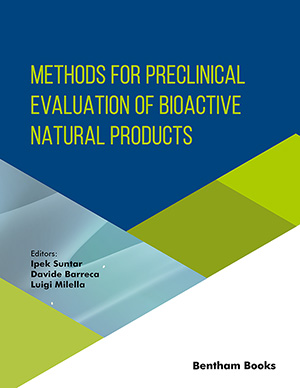Abstract
Background: Teneligliptin is anti diabetic drug acting as dipeptidyl peptidase-4 inhibitor. HPLC methods are reported for the estimation of teneligliptin but till date no HPTLC method has been reported. HPTLC method has advantage of short analysis time, requires less quantity of mobile phase, and accurate and comparable results can be obtained with that of HPLC.
Objective: Objective of the present study is to develop sensitive, precise, stability indicating high performance thin layer chromatographic method for the estimation of teneligliptin.
Methods: HPTLC analysis was performed using aluminum plates pre-coated with silica gel 60F254 as the stationary phase and 0.25% ammonium sulphate in water: ethyl acetate: methanol (10: 2.5: 2.5, v/v/v) as mobile phase. The Rf value was observed to be 0.33 ± 0.02. The densitometric scanning was carried out in absorbance mode at 243 nm. The method was validated with respect to accuracy, precision, specificity and robustness.
Results and Discussion: The developed method was found to be linear in the range of 400 – 1600 ng/band. The recovery of teneligliptin was found in the range of 99.41- 99.97 %. Stability-indicating nature of the HPTLC method was established by performing various forced degradation studies. The results clearly indicated that the degradation products were well separated from the pure drug with significant difference in Rf values. The method was validated as per ICH guideline and can be used for routine analysis of stability samples.
Keywords: Teneligliptin, validation, stability studies, HPTLC, forced degradation, ICH guideline.
































